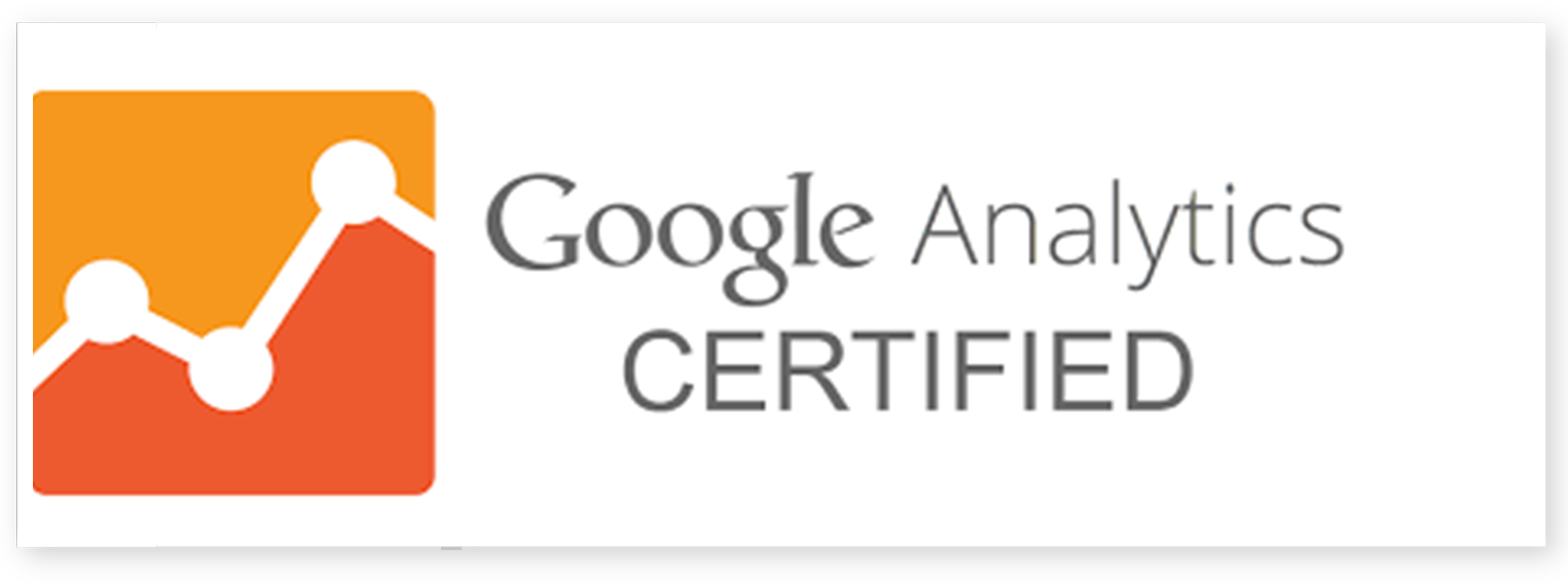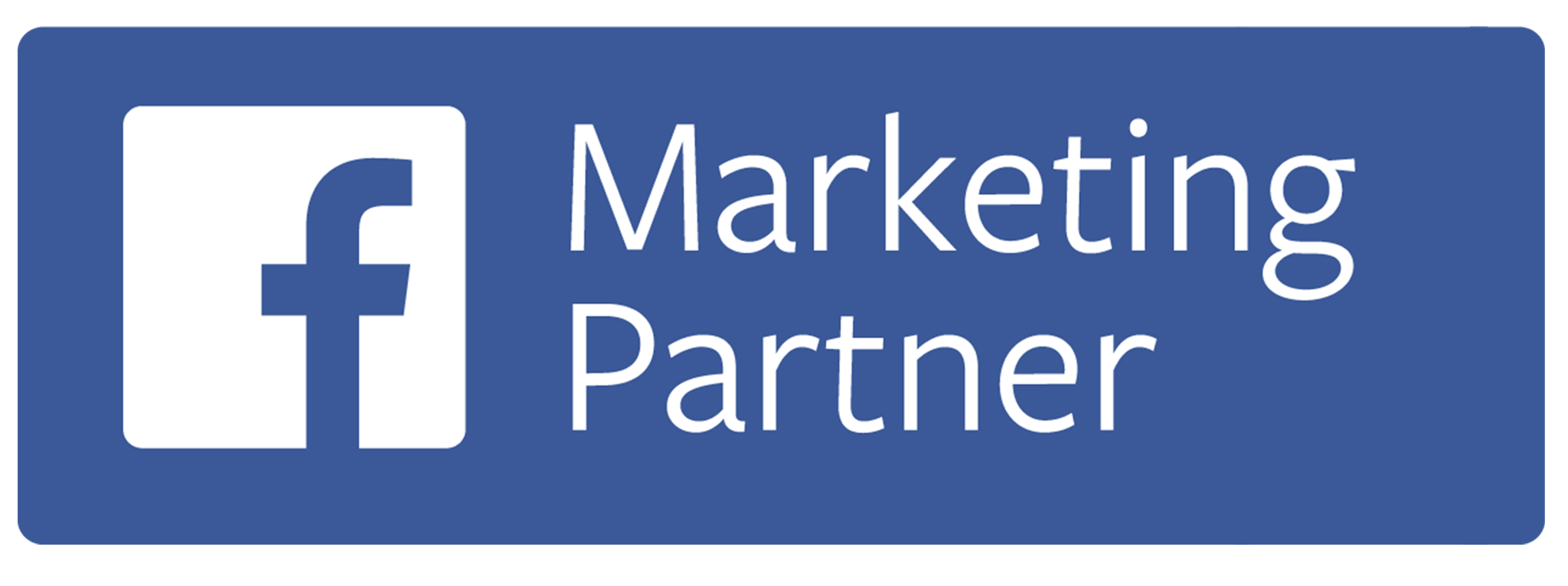Everyone wants to increase exposure for their business with a clear roi. Blogger outreach has become a trending new phenomenon to be reckoned with. It’s a great way to align a brand with the right audience. Ever notice that your content may not attract potential clients when using basic search engines like Google, who tend to mainly use the same three article repeatedly even when changing the words around. Somehow it stills keeps retrieving the same three articles that you already read over and aren’t leading you anywhere.
Blogger outreach usually works in a more efficient manner; you can call it “the plug.” Technically speaking blogger outreach is used in a network port that gives you the opportunity to consult with many different bloggers who align with your brand. The strategy of working with online influencers such as bloggers helps build a brand ambassador network, promote new products, earn authentic mentions and get noticed by a variety of new consumers. The way blogger outreach works is a very organized and strategized way. Giving you the ability to kill 5 birds with just one stone. Cliche? Yeah i know, but let’s be honest; no one really has time to be searching different bloggers for one client and going back and forth with almost no success or no influencers.
Let me explain, blogger outreach is a networking style that gives many outlets in just one network source. First plan out a campaign which is going to attract your clients, or bloggers. This is the space that is recommended to be a little creative with so that you are reaching out to all types of influencers who are connected to your brand. Once a good campaign is planned out, the next step will be using keywords that will identify the right bloggers through a blogger outreach tool. Searching based on niche topics and blog rolls. Usually about 5 to 6 keywords that can be found in a blogger’s article.
Once a campaign and possible influencers are lined up the next step will be to create a pitch. Creating a personalized email that contains what you’re offering and why they would want to work with you, as well as what you want them to do for your brand. After you send it, one of the best part about this is the ability to create a follow up email. Which will be sent automatically when the network does not get a response in x amount of time. Yes i know, amazing.
Blogger outreach-when done correctly-can bring a lot of traffic and visibility to your brand. Give the bloggers you work with the assets to write about an entire experience with your brand. Send what you promise and make it awesome. From awesome content to new brand items to infographics to exclusive interviews. Offering the ability to promote when you earn media from bloggers by sharing it on your own channels. This helps your posts get exposure and helps the bloggers get exposed to new audiences. It’s a great potential platform for communicating with potential customers.
Last but not least, why does this make blogger outreach one of the best connecting/promoting ports for your brand? Well simply because buyers like to review product before buying. Making bloggers easier to search for by granular contextual criteria than influencers on other platforms.
Bloggers are some of the most sought out resources when consumers are researching brands and products. Bloggers are active on a variety of social channels so they are a great springboard for campaigns that span across many digital channels. Bloggers write about niche based topics instead of genre allowing marketers to find influencers who have a very targeted audience. Wasn’t lying when I said blogger outreach is the plug.






